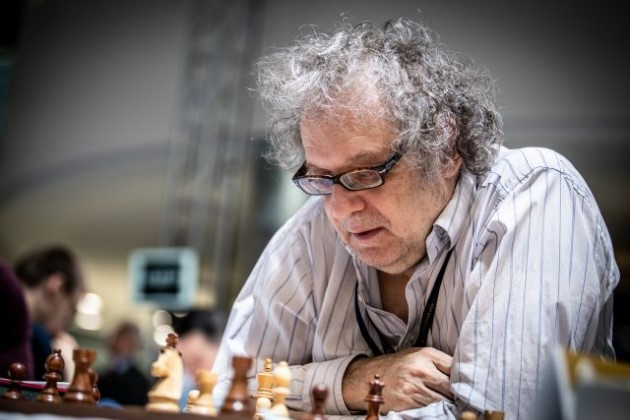


Wondering what to write this week, I’ve been slightly paralysed by the onset of October 2nd yesterday, when I attained the glorious age of 65.
I can’t say I’m entirely delighted by this but short of acquiring a time machine there's “nothing to be done” (as a certain formerly Eastern European Grandmaster was, and presumably still is, fond of saying), and what it has achieved is to spur me on to have a look at some of my old games.
Nowadays the kids are so strong so young that it’s hard to contemplate just how far behind we were. I’m thinking of examining some of their games next time. Please do suggest any you’d like me to look at in the comments.
I was a late developer who became an IM at the age of 21 and a grandmaster at 24. But even the best young players — apart from Bobby Fischer — were at least in their late teens before they became GMs. This doesn’t mean that we weren’t decent players — or at least didn’t show promise — but we were very raw. Some years ago, I unfortunately lost some of my early score books, so I don’t have any really early games. But I have got some in my database from 1969 onwards, and I thought I’d dig out some of these today, peering with my codgerly eyes for promise and flaws.
The first few games in the database are actually ones which weren’t dated and so sent to the top by the sort function (something I obviously could remedy but haven’t bothered to). We then reach the British Under-14 Championship in Rhyl 1969 (which I won) and the Islington Open of 1970. There’s nothing from the British Under-16s in 1970 (first equal with Jonathan Mestel), but a few other games from 1970 and over a dozen from 1971 including the British Under-21 which was won by Tony Miles.
In any case, I’ve chosen a few of these — wins and losses — to have a second look at and hope you enjoy them. We start with a couple which are in my book of best games, and the rest have never been published except possibly in tournament bulletins.
Select an entry from the list to switch between games